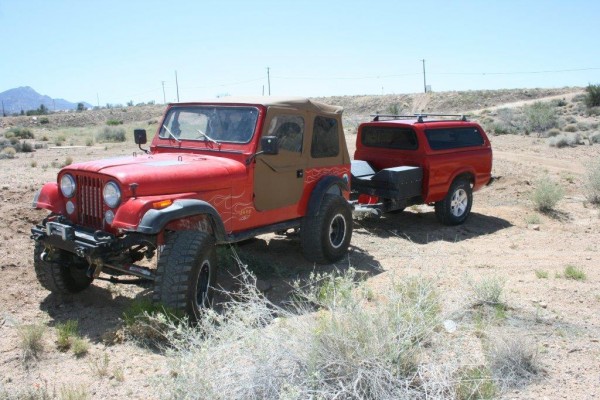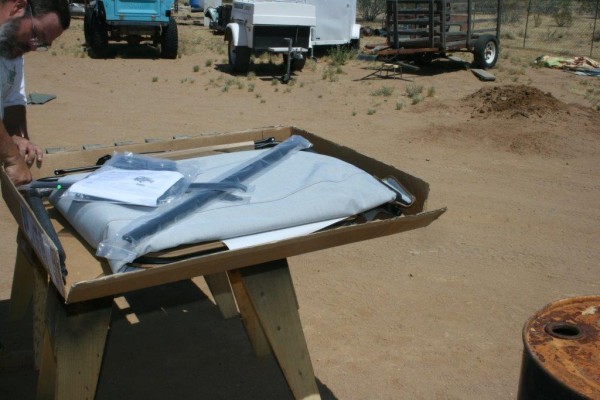Bestop Supertops offer the highest quality in function, fit, and style.
And oh yeah—they’re simple to install. Really simple.
We really like quick, easy tasks so we were pleasantly surprised at how easy it is to install a Bestop Supertop. Although Bestop’s well-written and complete installation instructions say to plan on three hours, you can likely cut that time in half or more if you’ve ever installed a soft top. In our case, since our Jeep CJ-7 had a Supertop on it before (the top had not been on the Jeep since we moved to Arizona from Colorado in 2003), it only took us an hour for this installation.
Bestop Supertops are considered by many to be the standard against which all other soft tops are measured. Supertops are available for Jeep model years 1955-2008, and the kits include hardware, soft top fabric, windows, and printed instructions. Some kits, like the one we used, also include two-piece soft doors which use the Jeep’s hard door strikers. An attachment system called Belt-Rail enables fast and easy installation, and a tailgate bar allows the CJ-7’s tailgate to open without having to open the rear window.
When we decided that we wanted a new top for our CJ-7, we initially looked for a white top due to the Arizona weather but found that white is no longer a favorite choice. Color choices are almost as varied as color choices were for Ford’s Model T in the 1920s—“any color you want as long as it’s black.” Depending on the model of soft top), you may also choose from charcoal and spice (our choice).
We waited until late spring for our Bestop installation so daytime temperatures would be consistently above 72 degrees F. This allowed us to lay the cloth portions of the top out in the warm sun while we were installing the hardware. By doing so, our cloth top was more pliable, making it easier to install the top and ensuring a nice, tight fit.
As we said before, the installation process was quick and simple—as you can see in the slide show below:





















Comments